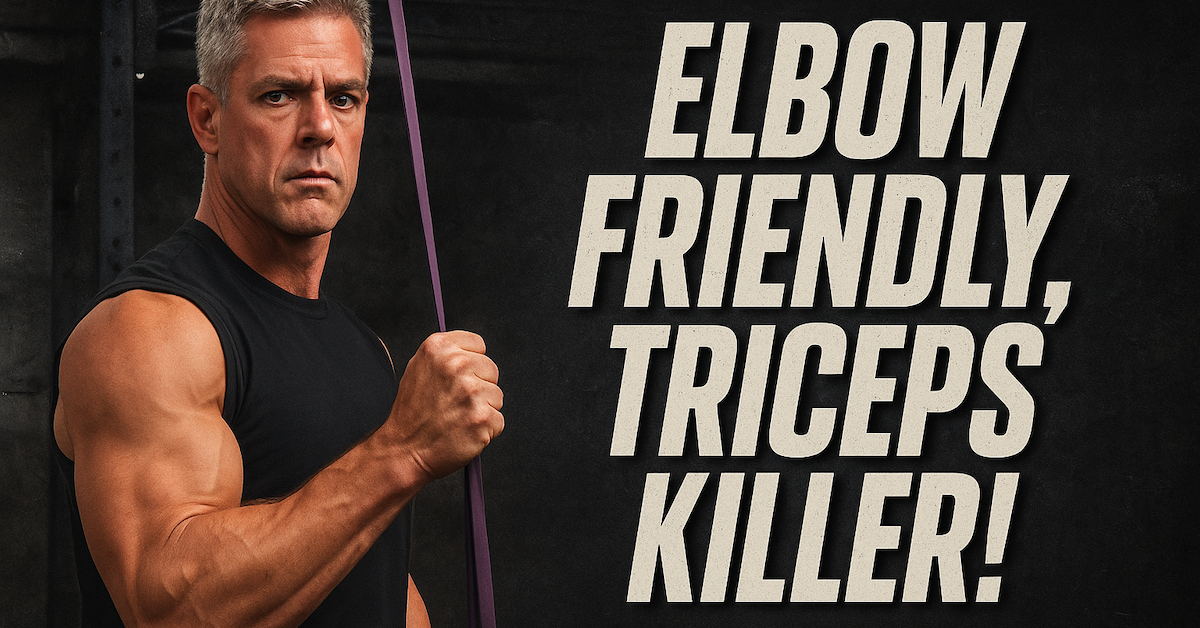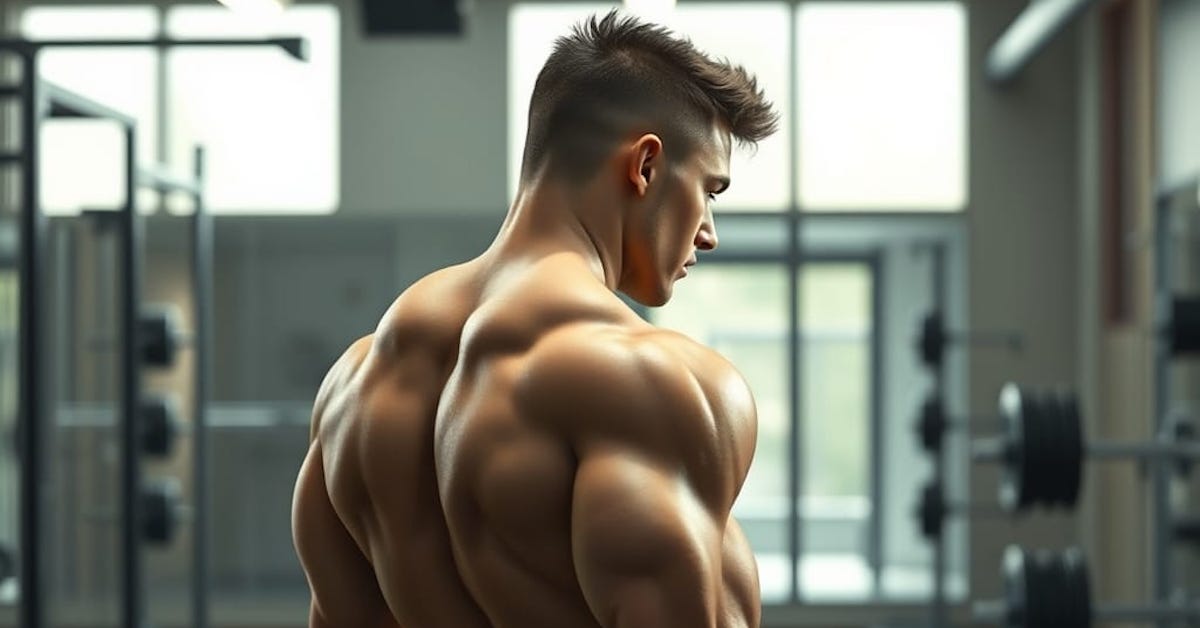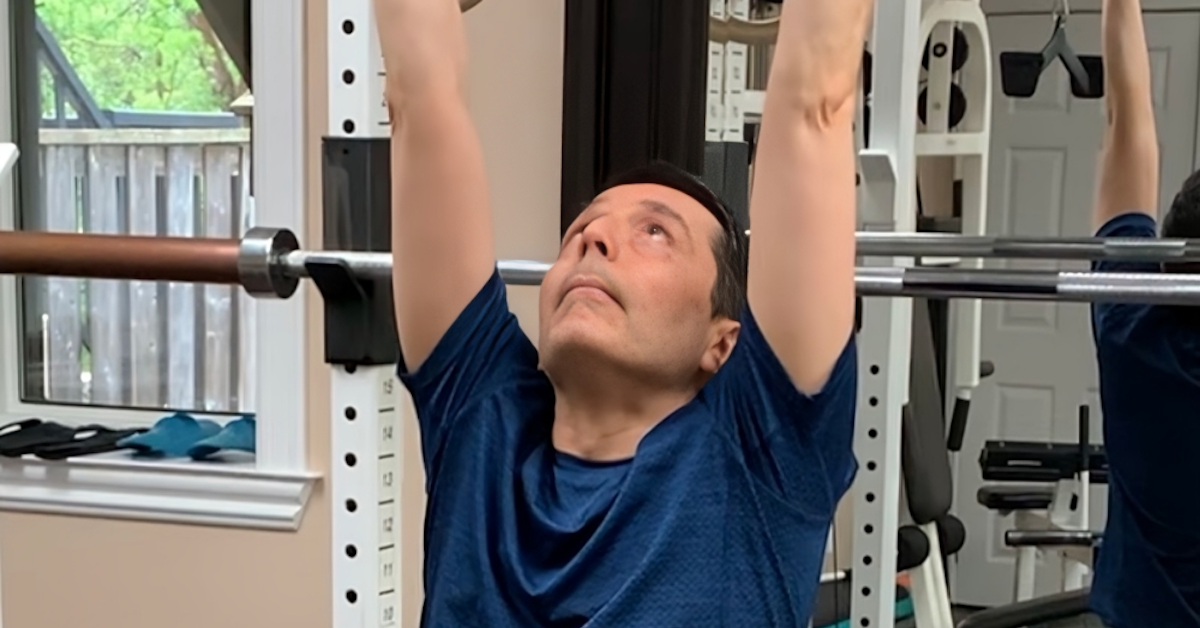Unilateral (one-side-at-a-time) training helps restore left-right symmetry that may have gone off track with constant bilateral work. When training both sides together, it’s common for the stronger side to take over. That applies to any bilateral movement—including seated calf raises.
You’ve likely done seated calf raises before, but how often have you done them one leg at a time?
Just a quick refresher: your calves are composed of two main muscles—the gastrocnemius and the soleus. The gastrocnemius is a biarticular muscle that crosses both the ankle and the knee. Its primary action is ankle plantarflexion when the knee is extended, making it the main player during standing calf raises. The soleus, however, is uniarticular and only crosses the ankle joint. It’s more active when the knee is bent at a 90-degree angle, as in seated calf raises.
One-leg calf raises are common, but they’re usually done standing. That’s great for the gastrocnemius. But to build balanced strength between the left and right soleus, try seated one-leg calf raises. Don’t go too heavy—use a controlled tempo, and pause briefly at the top and bottom of each rep.
To determine which leg to start with first, check out this post: Unilateral Training: Which Side First?

Standing Band Pressdowns: The Joint-Friendly Triceps Builder
If you want bigger, stronger arms but struggle with elbow pain or can’t seem to get the right triceps activation

Target Your Rear Delts Like Never Before
If you’ve struggled to feel your rear delts working—or to fill in that rear delt gap—this variation of the bent-over

Leo’s Chin-Up Journey (Day 1): From Zero to Hero
Can’t Do a Chin-Up? Neither Could Leo… But That’s About to Change. Leo started training with me back in September.
follow
Error: No feed with the ID 2 found.
Please go to the Instagram Feed settings page to create a feed.
